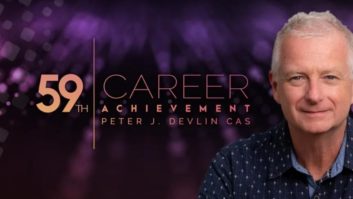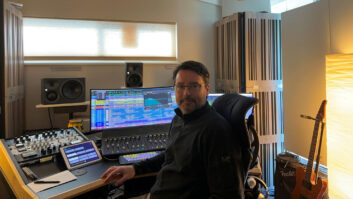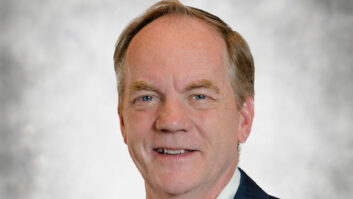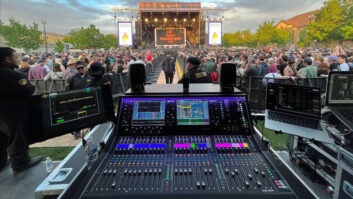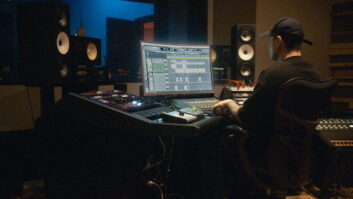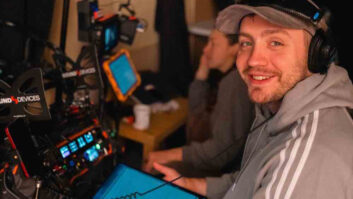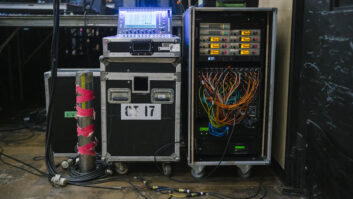When he’s not making movies or starring in television shows, seminal rap artist LL Cool J turns his creative energies toward recording his own material through Rock the Bells Music Group, the Warner Brothers-affiliated production company he’s headed for the past 15 years. Lately, LL has also been producing other artists as well, working as often as possible in his own Rock the Bells studio, located in the Queens, N.Y., home where he grew up. A small, comfortable space, the facility lacks some outboard gear but is otherwise a fully functional studio. Working frequently with LL on a variety of projects has been freelance engineer Kevin Odom, who is also a musician and something of a computer expert, with many years working in and around New York.
Although he’s comfortable working with traditional consoles and the 2-inch tape format that LL Cool J remains fond of, Odom is immersed in workstation-style recording and, little by little, is making a convert of his boss. “I was one of the first people to record audio on the old Atari Falcon computer,” Odom notes. “I was using Cubase, and have stayed with Steinberg products since that time.” Currently, Odom works with Steinberg’s Nuendo software, which he uses in conjunction with a Mackie D8B console at Rock the Bells.
“I saw Nuendo years ago when it only worked on the SGI platform, and knew that if it was going to be successful, it would have to be rewritten for the Mac, the PC or both, and that’s what’s happened,” says Odom. “Nuendo has features that Cubase lacks. Cubase is for people who have MIDI and want some audio capabilities. Nuendo is much deeper; it lets you manipulate audio in very detailed ways.”
Asked for an example, Odom says that the ability to redraw waveforms down to the single sample level is extremely helpful in the R&B recording world. “Lots of these artists like to stack vocals, but they don’t always nail them,” he says. “This style of music demands very tight vocal arrangements. I’ll go down and grab a consonant and slide it into place to match the previous pass. Clients love it.
“I’ve done sessions where I’ve had over 70 tracks of vocals playing back at one time, and have never had the system hiccup even once! I go right into the computer, and then Lightpipe audio into the digital console using the Nuendo 9652 Lightpipe card. It works great.
“I also think that the Nuendo pitch compression is probably the best I’ve heard up to this point, and I like the fact that you can execute this function in real time or offline. You can select a region, and if you want to apply EQ or reverb or compression to it, go offline without using any CPU. However, in order be able to crunch these kinds of numbers effectively, I’ve found that you need to have a PC that runs at 700 MHz, at a minimum. I design computer systems for musicians, and I tell them that if you want to use Nuendo or other intense music software, you’ll need to optimize your system. Internet apps slow things down. If you want to play games, buy a Sony PlayStation!”
Odom says that Rock the Bells’ next round of equipment purchases will include a pair of Tascam MX-2424 hard disk recorders. “I’ve had lots of experience with Tascam products,” he says. “They never break down.” These units will be used primarily as digital transportation devices, for the times when tracks are recorded and pre-mixed in Nuendo but need to go to another studio for overdubs and mixing. LL’s and Odom’s studio of choice for mixing these days is Lobo Studios on Long Island, which is equipped with a Neve VR. However, Odom notes that Rock the Bells is looking into the purchase of an SSL console so that more work can be kept in-house.
“I’m trying to show LL that you can mix an album in a small, comfortable environment like this one, without going off to a glamorous, larger studio,” he says. “Artists like the home atmosphere of a smaller studio — they often tell me that it’s easier to write and perform here and that better work comes out of it. We need some more outboard tools to compete with the larger facilities, but otherwise, we’ve got just about everything we need to track and mix great records right here.”
Gary Eskow is a Mix contributing editor.

